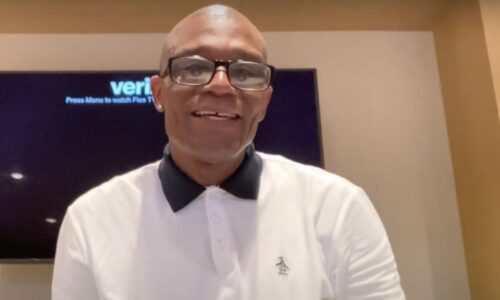 By: RareSoul.com By: RareSoul.com |
A few gunshots busted into the air by a poor black kid in New Orleans changed the course of American art and history today (December 31) 1912.
[T]hat is when an 12-year-old Louis Armstrong was collard for shooting a gun into the air to celebrate the New Year in the rowdy Storyville District, of New Orleans. Armstrong was shipped off to The Colored Waifs’ Home for Boys, where he was formally taught and perfected playing the coronet.
“New Year’s, 1912 – I was arrested for celebrating with my stepfather’s big old rusty .38. Shooting up into the air, blanks, cartridges, which everyone has fun on New Year’s Eve. No crime,” Louis Armstrong said. “Of course Hell will break loose if you should get caught with a gun, let alone shooting one. Anyway it was New Year’s Day when they took me from Juvenile Court to the Waifs’ Home…I was just a kid, twelve years old. Oh but I cried.”
Louis Armstrong then graduated to the Trumpet and shortly afterward, he was playing with the best jazz bands in New Orleans.
 |
| A young Louis Armstrong |
Louis Armstrong grew up in a life of poverty while living in New Orleans at the turn of the century.
He was born in an area known as “Back of Town (Uptown),” a.k.a. “The Battlefield.”
“In that one block between Gravier and Perdido Streets more people were crowded than you ever saw in your life,” Louis Armstrong wrote in his memoirs “Satchmo.” “There were church people, gamblers, hustlers, cheap pimps, thieves, prostitutes and lots of children.”
“There were bars, honky-tonks and saloons, and lots of women walking the streets for tricks to take to their ‘pads,’ as they called their rooms.” – Louis Armstrong
Armstrong’s father abandoned the family when he was a child, while his mother, a prostitute named Mary “MayAnn” Albert, left Louis and his younger sister, with his grandmother for a period.
After dropping out of the Fisk School for Boys where he learned music, Louis Armstrong fell in with a group of boys on the streets, who sang for money. It was during this time that Louis Armstrong learned to play the coronet, taking cues from legendary New Orleans Jazz figure “King” Joe Oliver.
“No one in jazz is created as much music as he has. Almost everything important about the music came from him. That is why they called him ‘King,’ and he deserves the title,” Louis Armstrong said. “Musicians from all over the world used to come hear Joe Oliver when he was playing at the Lincoln Gardens in Chicago, and he never failed to thrill them.”
 |
| This is the first time Louis Armstrong’s name appeared in print. Unfortunatley, it was for shooting a .38 on New Year’s Eve |
[A]fter being sentenced to The Colored Waifs’ Home for Boys for shooting his step-father’s gun in the air, Louis Armstrong began taking his coronet playing serious, at the tender age of 14.
Louis Armstrong was taught lessons by administrator “Captain” Joseph Jones and amateur musician Professor Peter Davis. The men helped instill discipline and formal training into the young musician.
Louis Armstrong used his coronet and later most famously the trumpet, to lift him out of poverty.
Armstrong started by playing funeral marches with New Orleans brass bands while taking in the sounds of artists like Bunk Johnson and Kid Ory. In 1922, Louis Armstrong was one of the millions of blacks who left the South for Chicago, which was bustling with factory jobs.
It was here that Louis “Dippermouth” Armstrong began his storied career with King Joe Oliver’s Creole Jazz Band. Louis Armstrong recalled the first time he set foot in the Lincoln Gardens, which was located at 31st and Cottage Grove Avenues.
He described how he felt when he was about to sit in with “King” Joe Oliver’s band for the first time.
“I was a little shaky about going inside. For a moment, I wondered if I should. Then, too, I started wondering if I could hold my own with such a fine band. But I went in anyway, and the further in I got, the hotter the band got,” Armstrong reminisced.
Louis Armstrong not only “walked in” that night, he continued on to an award-winning career that ended up lasting for over five decades. Louis Armstrong wrote two autobiographies, ten magazine articles and appeared in over 30 films.




